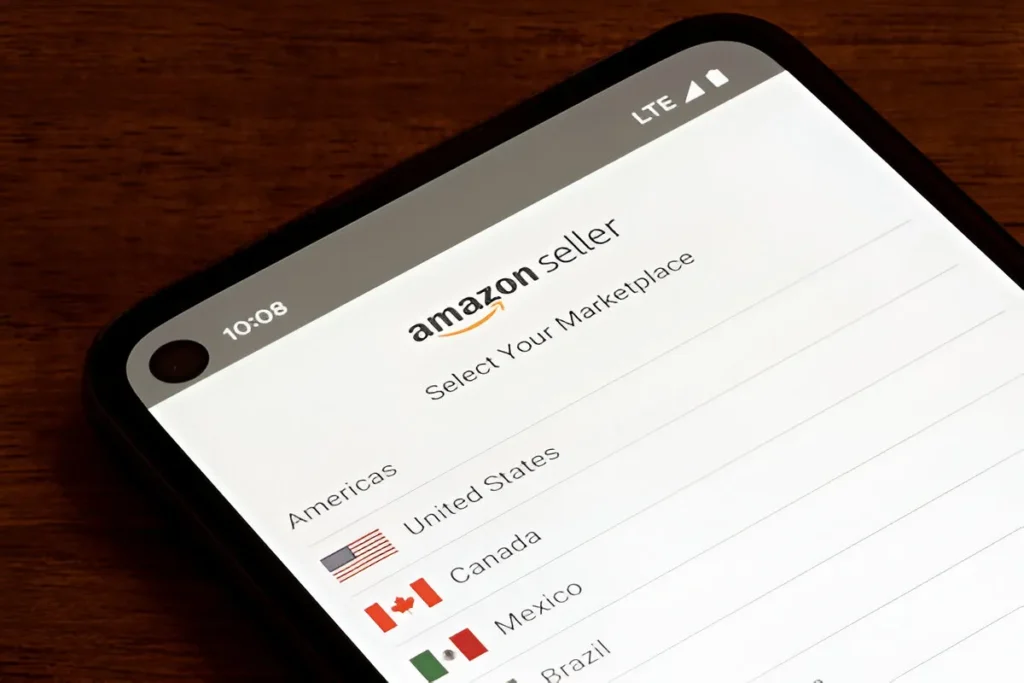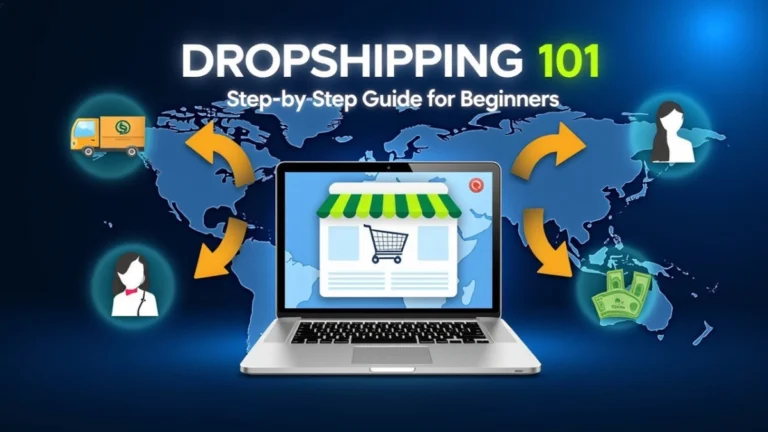Amazon FBA vs Shopify Drop Shipping. Which is Better?
In the world of e-commerce, two popular models often come up: Amazon FBA and Shopify drop shipping. Each has its unique advantages and challenges, making the choice between them a significant decision for aspiring entrepreneurs.
Let’s dive into the basics. Amazon FBA, or Fulfillment by Amazon, allows sellers to store their products in Amazon’s warehouses. When a customer places an order, Amazon handles the packing, shipping, and even customer service. This model leverages Amazon’s massive customer base, making it easier to reach millions of potential buyers.

On the flip side, Shopify drop shipping is all about creating a personalized online store. Sellers list products from suppliers without holding any inventory. When a customer orders, the supplier ships the product directly to the customer. This means lower upfront costs and less risk since there’s no need to invest in stock.
Now, let’s talk about startup costs. With Amazon FBA, sellers need to consider costs like storage fees, shipping fees, and Amazon’s referral fees. These can add up quickly, especially if products don’t sell as expected. On the other hand, Shopify drop shipping typically has lower startup costs. There’s a monthly subscription fee for the Shopify platform, but no need to buy inventory upfront. This makes it a more accessible option for those just starting out.
Next, let’s look at control over branding. Shopify drop shipping offers greater flexibility in branding. Sellers can create a unique storefront, customize their website, and build a brand identity. This is crucial for long-term success, as a strong brand can foster customer loyalty. In contrast, Amazon FBA sellers have limited branding opportunities. Products are often listed alongside competitors, making it challenging to stand out.
Customer relationships also differ significantly between the two models. With Shopify drop shipping, sellers have direct access to their customers. This allows for personalized communication, building trust, and fostering loyalty. Conversely, Amazon FBA sellers often have limited interaction with customers, as Amazon handles most communications. This can make it harder to build a loyal customer base.
Let’s not forget about fulfillment and shipping. Amazon FBA shines in this area. With its vast logistics network, Amazon can offer fast shipping options, including same-day delivery in some areas. This convenience is a significant draw for customers. Shopify drop shipping, while convenient, often relies on third-party suppliers, which can lead to longer shipping times and potential issues with product quality.
Now, what about scalability? Both models have their strengths. Amazon FBA allows for rapid scaling due to its established infrastructure. Sellers can quickly add new products and reach a broader audience. However, this comes with the challenge of managing inventory and ensuring products meet Amazon’s strict guidelines. Shopify drop shipping also offers scalability, but it requires more effort to find reliable suppliers and manage product listings.
Marketing strategies differ as well. Amazon FBA sellers often rely on Amazon’s built-in traffic and advertising options. This can be effective, but it also means competing with numerous other sellers. Shopify drop shipping requires a more hands-on approach to marketing. Sellers need to invest in social media, SEO, and email marketing to drive traffic to their stores. This can be time-consuming but allows for creative freedom in reaching target audiences.
Let’s talk about profit margins. Amazon FBA can have lower profit margins due to fees associated with selling on the platform. Sellers must carefully calculate costs to ensure profitability. Shopify drop shipping, while having lower overhead costs, can also face challenges with profit margins. Prices must be competitive, and shipping costs can eat into profits if not managed properly.
In terms of product selection, Amazon FBA offers access to a vast marketplace with millions of products. However, competition is fierce, and finding a profitable niche can be challenging. Shopify drop shipping allows for more niche products, enabling sellers to target specific markets. This can lead to less competition and potentially higher profit margins.
Lastly, let’s consider the learning curve. Amazon FBA can be complex, with various rules and regulations to navigate. New sellers may face a steep learning curve. Shopify drop shipping, while easier to set up, requires knowledge of marketing and customer service to succeed. Both models demand time and effort to master.
So, which is better? It ultimately depends on individual goals and preferences. Amazon FBA is ideal for those looking for a hands-off approach to fulfillment and access to a massive customer base. Shopify drop shipping suits those who want more control over branding and customer relationships, along with lower startup costs.

In conclusion, both Amazon FBA and Shopify drop shipping have their pros and cons. The best choice hinges on personal business goals, risk tolerance, and willingness to invest time in learning. Whether opting for the convenience of Amazon or the creative freedom of Shopify, success in e-commerce requires dedication, research, and a willingness to adapt.
Choosing the right model can set the stage for a thriving online business.
At Online Work by MedLife Guide, our content comes from a team of real experts. We have digital marketers, e-commerce specialists, affiliate strategists, SEO analysts, and tech-savvy freelancers. Each member has years of real-world experience in making money online.
We cover topics like Amazon selling, Shopify store building, social media monetization, and dropshipping. Every subject is backed by those who have tested and experienced success and failure. We don’t just write about earning online we live it every day.
Our goal is to share practical, proven strategies, not just theories. With team members worldwide, we offer diverse perspectives and fresh insights to help our readers succeed in real, sustainable ways. We’re dedicated to transparency and honesty, because your trust matters.







